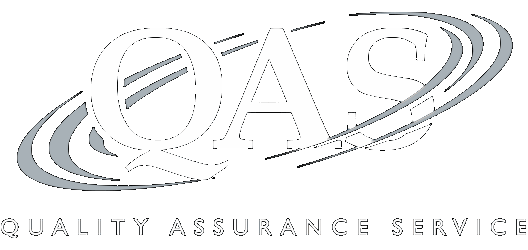State Throwback and Throwout Rules: "Nowhere" Income, PL 86-272, Tangible and Intangible Sales
Recording of a 110-minute CPE webinar with Q&A
This course will provide an overview of the policy reasons behind the throwback and throwout rules and discuss how the policy rationale has been shifting in addition to providing some practical examples. Our panel of state and local tax professionals will discuss nexus, apportionment allocations, and how SALT planning should incorporate these rules for businesses with sales transactions in multiple states.
Outline
- Background
- Apportionment
- Nexus
- Throwback rules
- Throwout rules
- Tangible and intangible property
- Interaction with Public Law 86-272
- Unitary combined reporting
Benefits
The panel will review these and other critical issues:
- What differences are there between state throwback and throwout rules for sales of tangible and intangible property?
- What recent legislation is shifting the landscape regarding throwback and throwout?
- How does Public Law 86-272 impact the application of throwback and throwout rules?
- What are common state apportionment methods and how do these interact with throwback rules?
- What planning opportunities exist for the distortions presented by application of throwback rules?
Faculty

Julia M. Bennetsen
Director, State & Local Tax
Eisner Advisory Group
Ms. Bennetsen is a Tax Director in the State and Local Tax Group, with nearly 20 years of both public and private... | Read More
Ms. Bennetsen is a Tax Director in the State and Local Tax Group, with nearly 20 years of both public and private accounting experience. She focuses on all aspects of state and local tax, including financial reporting and general consulting. Ms. Bennetsen has significant experience serving clients in the manufacturing, pharmaceutical, technology, and service industries.
Close
Denisse Moderski
Director
Eisner Advisory Group
Ms. Moderski is a Director in the firm’s State and Local Tax Group. With over 10 years of experience, she... | Read More
Ms. Moderski is a Director in the firm’s State and Local Tax Group. With over 10 years of experience, she primarily focuses on state and local income taxation and serves clients in a variety of industries, including Financial Services, FinTech, Professional Services, Real Estate, amongst others. Ms. Moderski's specific areas of service include ASC 740, state and local income/franchise tax compliance and consulting matters, including nexus studies, tax due diligence, business entities restructuring, sale of partnership interest analysis, pass-through entity tax elections, state sourcing, state notices resolutions and audit defense.
Close
